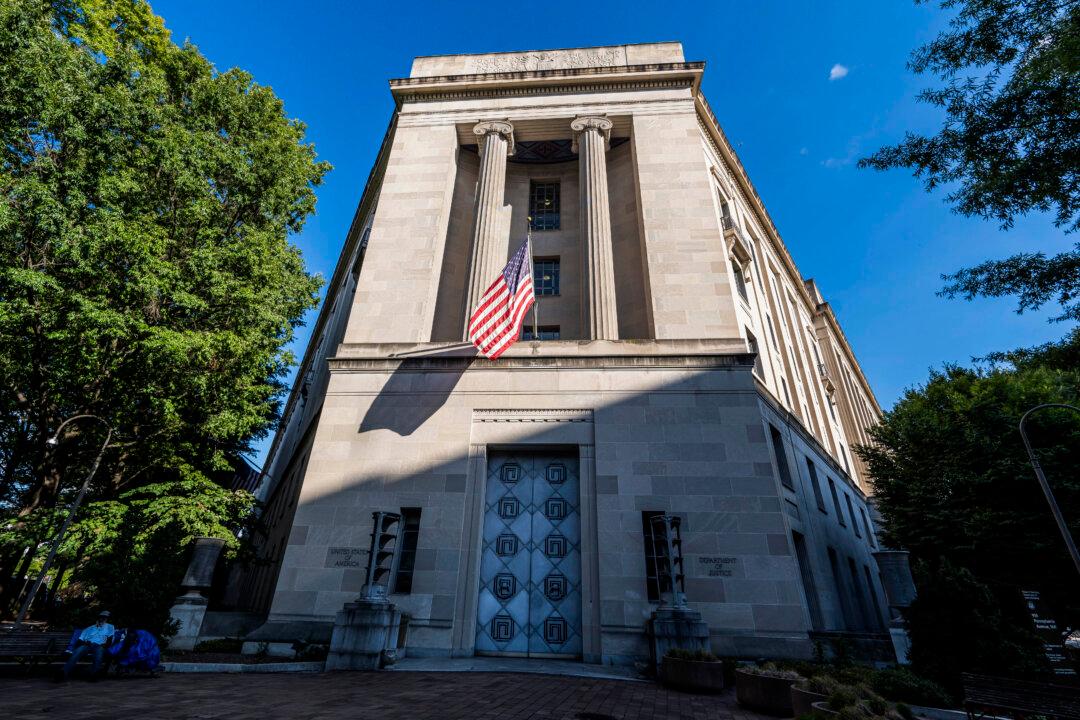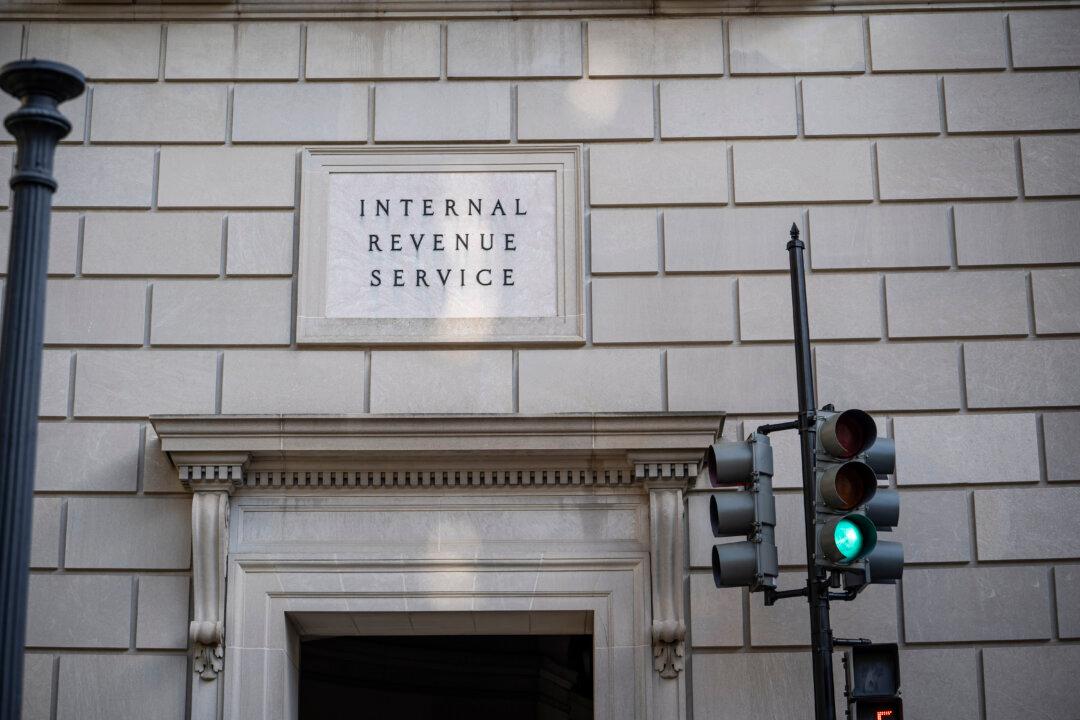A number of states are feeling financial strain as they deal with lower income tax revenues for April compared to last year, but Fitch Ratings says most remain on track to meet or exceed year-end budget forecasts thanks in part to conservative revenue projections and prior-year surpluses that boosted reserves.
April is a key month for tax-related income for states given the mid-April tax deadline, with last year’s strong performance driving very large budget surpluses for many states.
Anticipating weaker tax revenue this year, however, many states used surplus revenue from previous years to strengthen reserves in a bid to mitigate potential risks and so help stabilize state ratings.
“Many states used prior-year revenue surpluses to improve financial resilience by boosting reserves and paying down debt, supporting state ratings stability,” Fitch said in a statement.
The rating agency noted that most states’ fiscal 2023 state tax revenues have thus far outperformed forecasts even though this year has seen a sharp drop-off in tax revenue.
The thinner tax intake was widely anticipated due to a slowing economy and relatively poor capital market performance, which impacts income (and taxes) from capital gains.
“Based on data from early reporting states, this is playing out largely as expected,” Fitch said in a statement.
Illinois, one of the early reporting states, saw a 23 percent decline in April general fund revenue compared to last year, while personal income tax intake plunged by 32 percent, Fitch said.
In Georgia, there was a 16.5 percent drop in total April general fund revenue and a 32 percent year-over-year decline in personal income taxes.
And in Pennsylvania, general fund revenue fell 13 percent compared to last year, with individual income tax revenues declining by 30 percent.
Yet despite the significant declines in tax income compared to last year, Fitch estimated that all three states are set to exceed their adopted budget revenue forecasts “comfortably.”
Illinois, for example, budgeted a 7.4 percent drop in overall tax revenue but, in the year to date, its decline has been a considerably smaller 1.0 percent, Fitch said.
Georgia and Pennsylvania both saw some growth in the year-to-date revenues even though both states expected drops.
Impact of Pass-Through Entity Taxes
Around 30 states, including Illinois, Georgia, and Massachusetts, have implemented pass-through entity taxes in the last five years.While these taxes were designed to be revenue-neutral, they have in some cases had a negative effect on April income tax collections. This is in part because of a complicated mix of payments, with credits and refunds that can take several years.
The complexity of these taxes can lead to unpredictable revenue fluctuations, as seen in Massachusetts, where April collections fell by 20 percent after adjusting for the effect of pass-through entity taxes.
While the decline in April income tax revenues has put budgetary pressure on many states, Fitch says that, on the whole, they’re managing these challenges in part by growing income in other tax categories and adopting financial resiliency measures.
“As states set their budgets for fiscal 2024, most are using cautious revenue forecasts that are generally in line with Fitch’s expectation for a mild recession later in 2023,” Fitch said.
The rating agency cautioned, however, that states implementing new spending plans or that have adopted major tax policy changes could face additional budgetary pressure depending on how severe the revenue slowdown turns out to be.
On a federal level, the slide in tax revenues for April has led to the federal government’s budget surplus for April declining by 43 percent year-over-year, according to budget figures released by the Treasury Department.
The surplus for April was $176.2 billion, a sharp decline from $308.2 billion during the same month last year.
Recession Odds Rise to Highest in 40 Years
Slowing economic growth, which has an impact on tax revenue, is increasingly likely to accelerate into a full-blown recession.The Fed’s recession risk indicator is now greater than it was in November 2007, not long before the subprime crisis, when it stood at 40 percent.
The recession model is based on the spread between the three-month and 10-year yields on U.S. Treasurys.
Amid the banking sector turmoil sparked by the recent collapse of Silicon Valley Bank, economists at the Federal Reserve have projected a shallow recession.
A number of experts have also predicted that a recession is coming. For instance, former Treasury Secretary Larry Summers said he thinks the chances of a downturn are “probably about 70 percent.”
“As I put together the lags associated with monetary policy, the credit crunch risks, the need for continuing action around inflation, the risk of geopolitical or other shocks affecting commodities, 70 percent would be the range that I would be in.”
A recent poll showed that most Americans believe that the country is headed for a recession—or has already fallen into one.





